I am preparing for the school year ahead and mapping out some of the read-aloud books I plan on reading to my students for specific non-academic purposes. I read a lot of books that support various lessons, and these lessons are social-emotional lessons. Not just about feelings or things like inclusion or conflict resolution, but about self-identity, how to work as a team, manners, and more. These books build classroom community and help teachers set the tone of kindness, inclusion, and curiosity in their classrooms. For more tips about building classroom community, check out a great article here. 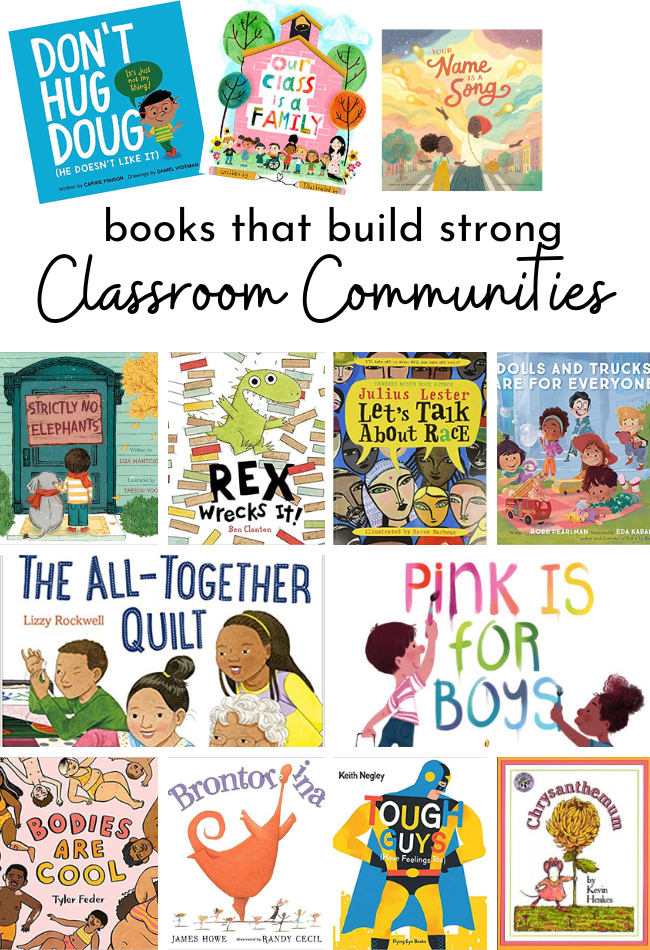
19 books that help teachers build strong classroom communities
all our book lists include affiliate links.
Our Favorite Day Of The Year by A.E Ali s all about holidays and what makes a day special enough for us to call it our favorite day of the year. I love that this book includes so many different traditions from religious and non-religious perspectives. This is a great book to set the tone of what will and won’t be celebrated in your classroom. Do we celebrate birthdays? What about religious or non-religious holidays? There is no correct answer to this, you get to decide, and this book helps to include your students in that decision at the same time as learning about how we all have different favorite days, but that each is valid and important.
I’ll Wait Mr. Panda by Steve Antony is a precious little book that even the youngest children will love. My students and I read it and discussed how hard it is to wait and be patient. Mr. Panda is huge but quiet and gentle and wearing what some people would call a feminine apron, and he does what some people would call a girly activity, baking. He doesn’t challenge the reality of what boys can be, just the stereotype, which is a beautiful thing to see in a book. I love using this book early in the year and returning to it to discuss how waiting during transition times has gotten easier. Students love reflecting on how much they have grown.
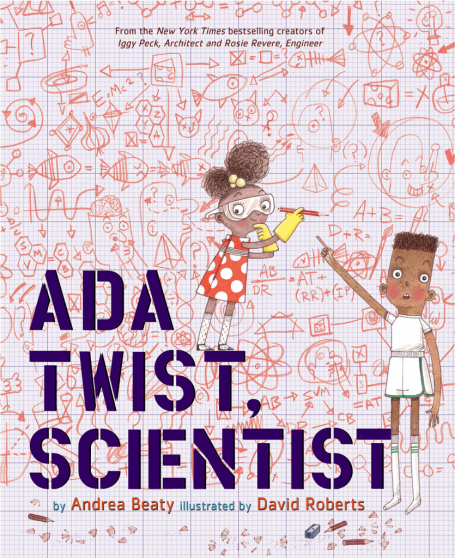
Ada Twist, Scientist by Andrea Beaty, is a wonderful tale of a little girl who is a born scientist. Ada is curious and a little chaotic too! She asks questions and seeks answers and can’t stop even when she is sent to the thinking chair. I love spirited and determined Ada. As annoyed as her parents are with some of her behavior, they ultimately accept and love her and her super curious mind. I talk a lot about curiosity in my class and encourage my students to ask questions and find answers. Curiosity will save us because all innovations come from curious minds, so encouraging it is necessary.
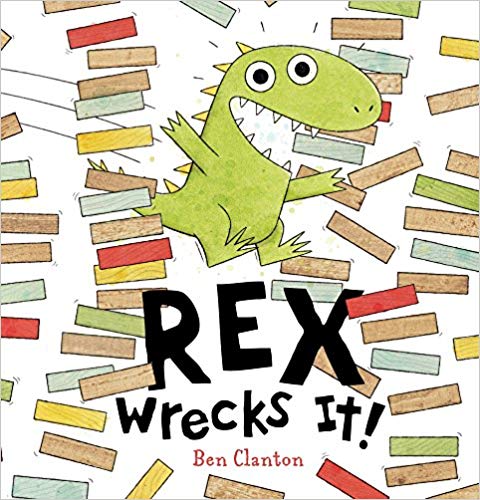
Rex Wrecks It by Ben Clanton is a must-read for preschool. It is all about a little dino who can not stop himself from knocking down other people’s towers. It is a great story because it empathizes with the children on all sides of this situation. As you read it to your students, ask about how it feels to have a block tower knocked down and the character’s faces. They are so sad. This will help as you progress through the year and deal with tower knocking down during free choice. It’s also good to spend time discussing how hard it is NOT to knock down a tower when it’s right in front of you. The book is an excellent look at self-regulation and resisting the temptation to do something fun.
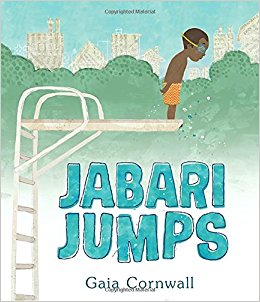
Jabari Jumps by Gaia Cornwall is a sweet little book about thinking you are ready to do something and realizing that the challenge is your own anxiety. In this book, a little boy grapples with anxiety about going off the high diving board at the pool. It’s OK to be afraid, and it’s OK to keep trying. A supportive father is there to encourage him to try again and help build that resilience that gets him back up that ladder and jumps! The illustrations are amazing, and there is something magical about the high diving board that kids universallJabari’s a huge scary challenge and are immediately invested in Jabari’s struggle. Great book to talk about taking risks when you are ready!
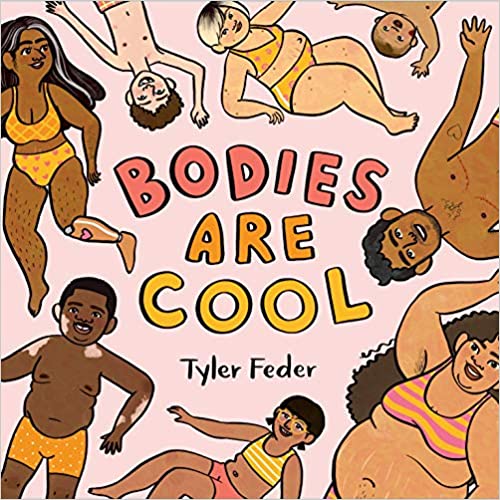
Bodies Are Cool by Tyler Feder is such a rad book, and preschoolers adore it. The book unapologetically celebrates every kind of body with wonderfully joyful illustrations to support the lyrical text. It goes through various body parts, celebrating different human variations with images to support them and others not included in the text. There are people doing all kinds of things, and the inclusion of things like a mom breastfeeding, an older gay couple, a child with a prosthetic leg, a person with a colostomy bag, and more make me eager to share this with my students. I use this book to share the message that there are no bad bodies. All bodies are cool!
Don’t Hug Doug ( he doesn’t like it) by Carrie Finison is a must-have. Absolutely. You must get this book. It is a story all about consent and how we all have differing levels of comfort with things like hugs. My students and I dove into this book and had a great discussion about hugs and touching with or without consent. What I love about this book is that it doesn’t shame kids for liking or not liking hugs and helps me set the foundation in my classroom community that we ask before we hug, and we walk away without a fight if the answer is no.
Chrysanthemum by Kevin Henkes is a lovely book about having confidence in who you are, losing that confidence but regaining it in the end. Chrysanthemum is a little mouse who loves her name until she goes to school and gets made fun of because it’s not a common name. Who can’t relate to this? I know I can. My name is common, but well… it’s McDonald. You can guess what kids did with that! I love that I have a book like this to share with my students to talk about names, teasing, and all the things that make us who we are, even if that means we don’t easily fit in. Ultimately Chrysanthemum learns to love her name again and regains the confidence in being herself that she once had. Another fantastic book from a consistently wonderful author.

Brontorina by James Howe is one of my favorite books about standing up for others because they aren’t in a setting so many readers can relate to. Sure our kids aren’t dinosaurs, but some feel that different from their friends for all sorts of reasons. They stand out and don’t want to. They just want to be a part of the group, or in this case, ballet class. The story is about a dinosaur who wants to be a ballerina, and while a studio initially allows her to dance, it’s clear that she is just too big. The story doesn’t end there. With some help from friends who stand up for her, they find a way to include everyone.
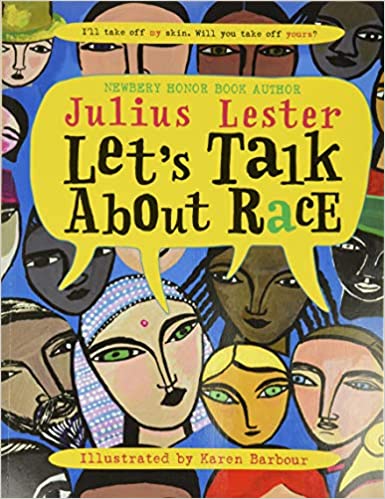
Let’s Talk About Race by Julius Lester is a great book to read early on in the school year. The book talks about multiple ways that humans are different and that race is just one of them. It discusses what racism is and how it is one way that people try to feel superior to others and that racial superiority is simply not a true story even if it’s the story is told far too often. I like how this book connects children’s existing experiences and uses them to name racism without any long age-inappropriate explanations. This book is perfect for preschool and kindergarten.
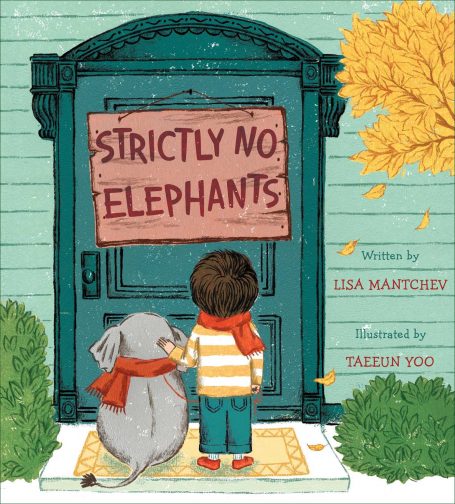
Strictly No Elephants by Lisa Mantchev deserves a post all of its own; it’s that good and that important. This book is about a little boy and his elephant who are banned from a pet club because, well, elephants are not allowed. They aren’t given a reason why elephants are not allowed, just that they aren’t. This lets parents and teachers reiteIt’s the fact that sometimes people are excluded for no reason. It’s not about them. It’s about the people excluding them. In the book, after being banned, they find others who have been made to feel unwelcome, different, and lesser and start their own pet club. This is a perfect example of activism at a child’s level.
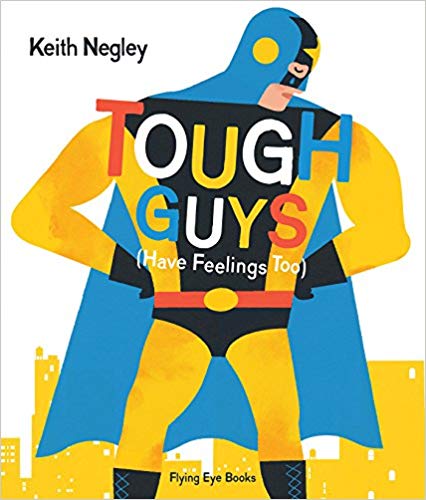
Tough Guys Have Feelings Too by Keith Negley is a gem! This book is all about confronting and breaking stereotypes. From pro wrestlers to tough guys on Harley-Davidsons to homesick astronauts in space, this book’s premise is simple, but execution is perfect. In my class, I use it to talk about how it’s OK to cry. Are you sad? cry. Are you angry? You can cry. In my class, crying is not policed, and feelings are recognized. This book helps me lay that foundation and helps me build a caring community of learners while I do. Grab this book; every child should read it.
A Family is a Family is a Family by Sara O’Leary is a fantastic book to build community because recognizing our similarities and differences is part of connecting as a community. This book starts with a child nervous to talk about their family because it’s not like everyone else. Soon as all the students share things that make their families unique. Learning that all families are different, but they are all families. I love that what the children share about their families isn’t the label most adults would”put on the family in the illustrations. It labels the same-sex family as “Both my moms are terrible singers.” instead of “I have two moms.” This is a much more inclusive way to present families, not to mention more natural. It includes many different family structures, from same-sex parents to single parents, big families, families with a new baby, interracial families, families with divorced parents, families with foster children, and more.
Our Class Is A Family by Shannon Olsen is a great book to lay down ground rules in your classroom without making a list of rules and punishments. This book embodies what a caring classroom community is all about, and it’s a wonderful tool for teachers to lay that foundation with a book.
Pink Is For Boys by Robb Pearlman is a simple book about colors and how they aren’t gendered. Pink isn’t just for girls, and blue isn’t just for boys. Instead, each color is described as being for both with beautiful, inclusive illustrations that bring this simple book to life.
Dolls And Trucks are For Everyone by the same author is a gem. We talk about this a lot at preschool, and I am sure you do too. Toys are toys, games are games, and dress up is dress up. None of those things are categorized into genders in our classroom. This book helps drive that message home and gives teachers a tool to start that discussion and set the tone for their community of learners.
The All Together Quilt by Lizzy Rockwell is a great book about how quilts are made, often by many hands. This intergenerational story about a community that makes the quilt is a great book to read to talk about working together. We like to use it as a springboard for a group quilt project that becomes a constant reminder about how beautiful things are made when we all contribute.
Your Name Is A Song by Jamilah Thompson is a beautiful book about names and their importance. This book shares how bad it feels when someone can’t correctly pronounce your name and how to fix that. After telling her mom about her teacher not being able to correctly pronounce her name and how it made her feel, her mom gives her a fantastic tool to feel empowered and turn it all around. I love this book’s inclusiveness, its celebration of names, and how it encourages children to stand up for themselves positively, especially to adults in power. The illustrations by Luisa Uribe are absolutely stunning!
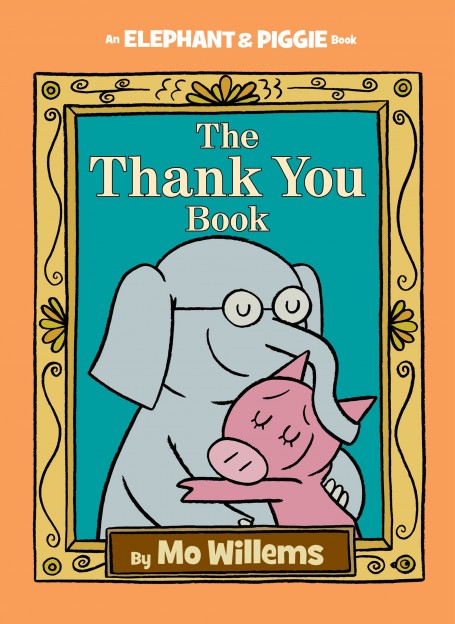
The Thank You Book by Mo Willems is a great way to talk to children about saying thank you in everyday life and how to react when someone says thank you to them. As with most of the books in the series, Gerald and Piggie have some small conflict but it always gets resolved because they are friends and they care about each other. In this case, it’s all about Piggie forgetting to thank someone! As always, the author draws readers in as part of the story.
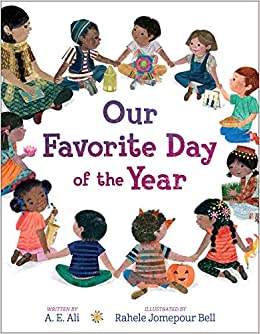
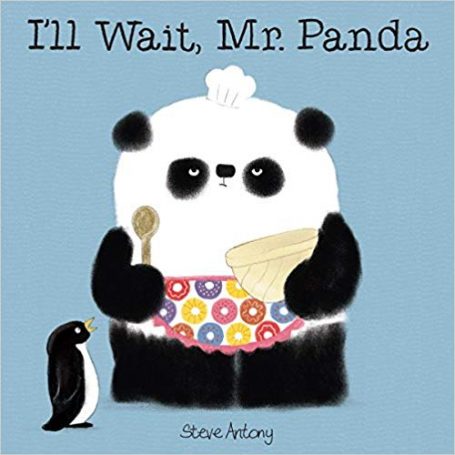
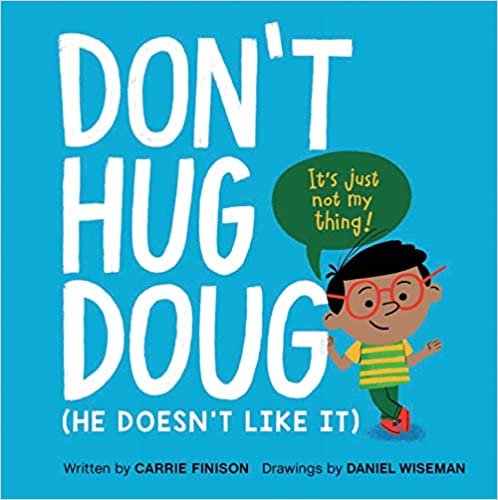
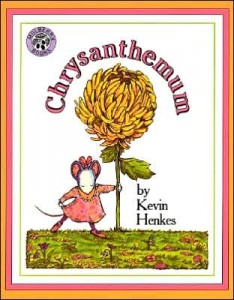
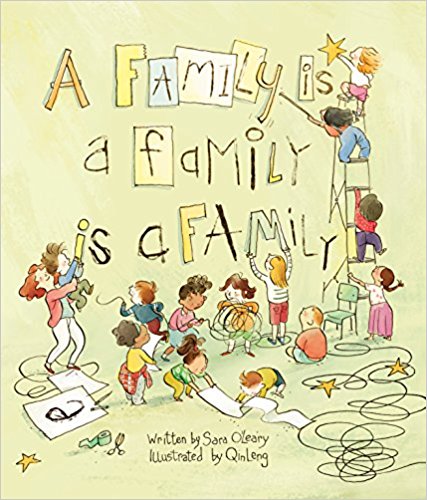
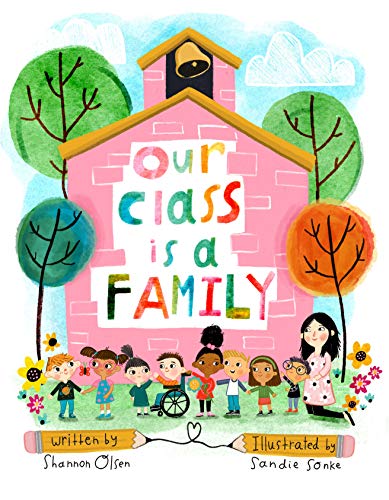
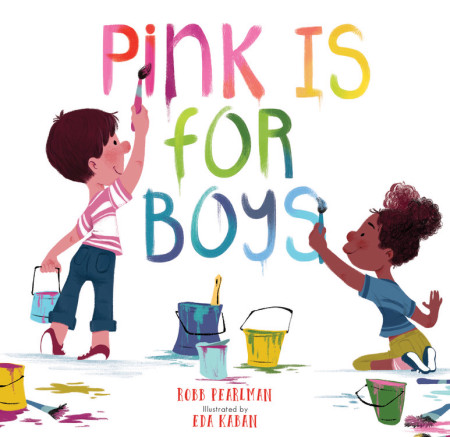
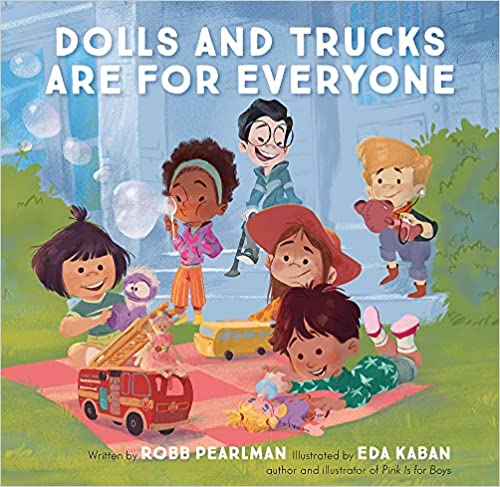
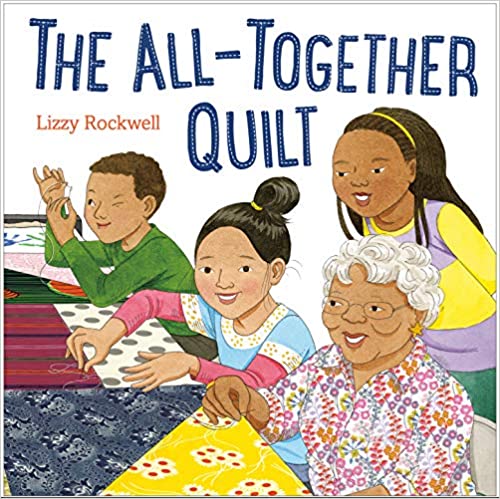
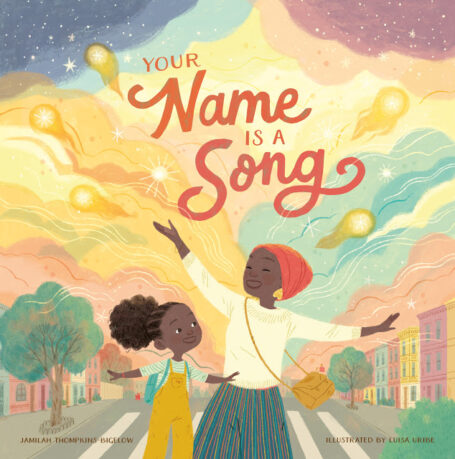
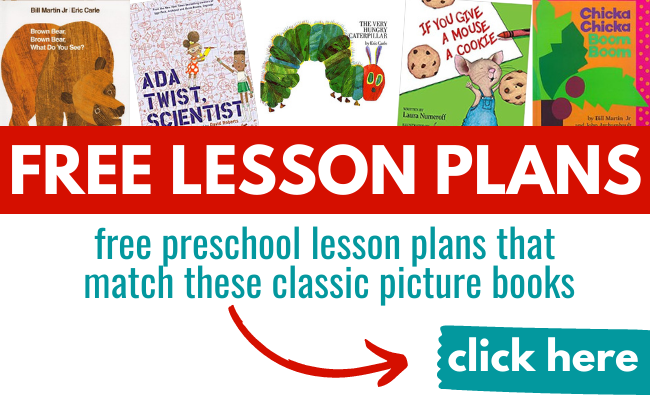
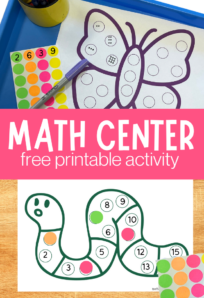
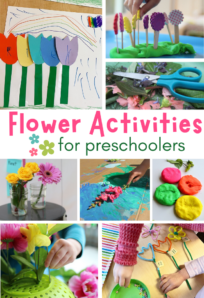
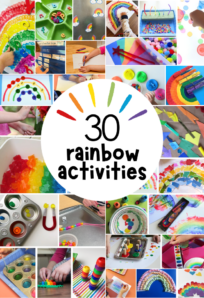
Leave a Comment